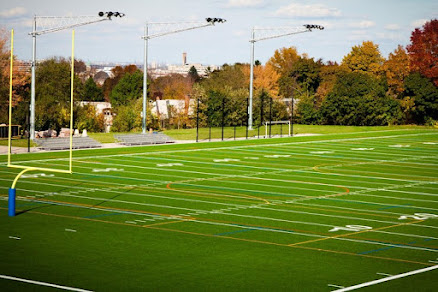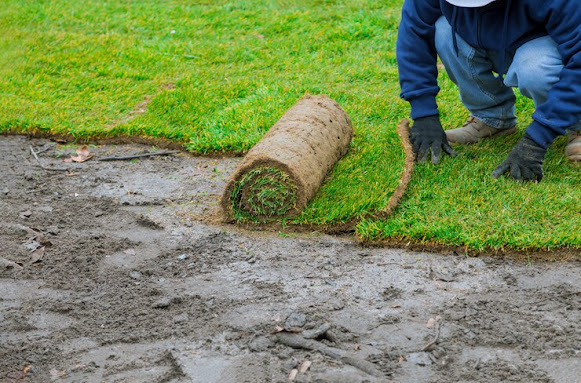What Are Elements of Landscape Design?
Landscape Design Animation has completely transformed how we visualize outdoor spaces before breaking ground. Gone are the days when you had to rely solely on sketches or your imagination. Now, with advanced tools and expertise from companies like Lokata Design Group, you can see your dream landscape come to life in vivid, moving visuals. These animations help homeowners, architects, and designers collaborate more effectively, ensuring that the final outdoor design feels harmonious, functional, and beautiful.
Understanding the elements of landscape design is essential before you even begin planning your yard, garden, or commercial space. Whether you’re working with traditional blueprints or exploring 3D landscape design animation, knowing these elements will guide you toward creating a space that’s not only aesthetically pleasing but also practical.
Why the Elements of Landscape Design Matter
Landscape design is more than just planting flowers and placing a few stones. It’s about creating an environment that blends beauty, function, and sustainability. Companies like Lokata Design Group use landscape animation design services to demonstrate how these elements work together in real time, giving you a preview of your outdoor oasis before it’s built.
The main elements of landscape design—line, form, color, texture, and scale—are the building blocks of any great outdoor space. When applied correctly, they create balance, harmony, and interest.
The Core Elements of Landscape Design
H3: 1. Line – Guiding the Eye
In landscape design, lines guide movement and direct attention. Straight lines often lead to a formal, organized feel, while curved lines create a relaxed, natural vibe. In virtual landscape design animation, you can see exactly how pathways, garden beds, and edging influence how a visitor moves through the space.
Form – Shape and Structure
Form refers to the shape of the landscape elements—whether it’s the rounded canopy of a tree, the sleek outline of a pool, or the structured look of a hedge. Using garden design animation, you can experiment with various forms to see which arrangement feels most inviting and functional.
Color – Mood and Energy
Color is a powerful design tool. Cool colors like blues and greens create a calming atmosphere, while warm tones like reds and yellows energize the space. With 3D landscape design animation, you can see seasonal color changes in real time, ensuring your landscape looks beautiful all year long.
Texture – Depth and Contrast
Texture comes from the surface quality of plants and hardscape materials. A combination of smooth, rough, fine, and coarse textures adds depth to a design. In landscape design san jose projects, where modern and rustic styles often mix, texture plays a huge role in setting the tone.
Scale – Proportion and Balance
Scale ensures that all elements fit together harmoniously. A large sculpture might overpower a small garden, while tiny plants could disappear in a vast yard. Lokata Design Group often uses virtual landscape design animation to test proportions before making permanent changes.
Applying the Elements in Real Projects
Landscape Design Animation has completely transformed how we visualize outdoor spaces before breaking ground.
Knowing the elements is one thing—putting them into practice is another. Here’s how you can use them effectively:
Start with a clear plan. Use professional landscape animation design services to map out each element.
Think about user experience. How will people move through the space?
Balance hardscape and softscape. A patio should complement, not compete with, surrounding greenery.
Consider local climate. For example, in landscape design san jose, drought-tolerant plants and efficient irrigation systems are key.
How Technology Elevates Landscape Design
Modern tools like 3D landscape design animation and garden design animation have revolutionized the way designers work. They allow you to:
Visualize projects before construction begins.
Test different plant combinations and materials.
See how lighting will look at different times of day.
Adjust designs instantly based on client feedback.
This is especially useful for commercial properties or high-end residential projects where precision matters.
Common Mistakes to Avoid
Even with a good grasp of the elements, mistakes can happen:
Ignoring scale – Over- or undersized features throw off the balance.
Lack of cohesion – Mixing too many styles can look chaotic.
Neglecting maintenance needs – Always choose plants and materials you can realistically care for.
By working with a professional like Lokata Design Group, you can avoid these pitfalls and ensure a polished, lasting design.
How the Elements Work Together
Each element—line, form, color, texture, and scale—works like a piece of a puzzle. Remove one, and the design may feel incomplete. For example:
A curved pathway (line) lined with flowering shrubs (color) that vary in leaf shape (texture) and are spaced for visual balance (scale) creates a cohesive, inviting look.
Using virtual landscape design animation, you can preview how all these aspects interact throughout the year.
Final Thoughts
Mastering the elements of landscape design is essential for creating an outdoor space that feels complete and functional. From guiding the eye with lines to adding personality with texture, each element plays a vital role in the overall aesthetic. With tools like 3D landscape design animation and the expertise of Lokata Design Group, you can bring your vision to life with precision and style.
If you’re planning your next project—whether it’s a cozy backyard or a sprawling estate—contact us today to explore how animation technology and professional expertise can transform your ideas into reality.
FAQs
Q1: Can I use landscape design animation for small backyard projects?
Absolutely! Landscape animation design services are perfect for projects of any size. They help you visualize and fine-tune your ideas before making any physical changes.
Q2: How does virtual landscape design animation differ from static images?
Static images give you a snapshot, while virtual animation allows you to see changes over time, from plant growth to seasonal color shifts.
Q3: Is garden design animation useful for commercial landscapes?
Yes! Commercial projects benefit greatly from garden design animation, as it helps stakeholders see the proposed design’s full potential before committing to construction.


Comments
Post a Comment